In the West much is heard about the struggles of the Kurdish peoples of Iraq and Turkey. Yet, little is heard about the Kurds of Iran.
To most Iranians, Kurds are simply a non-people. Any mention of Kurdish symbols, such as the sun logo of the Kurdish flag, or even the term “Kurd” does not appear in Iranian media. Unless of course, it pertains to some other country mistreating their Kurds.
This fact is indicative of the overall Iranian fear of revolt from within. Successive Iranian regimes, even more so than the governments of Iraq and Turkey, have long followed a policy of forced assimilation by forbidding the instruction of the Kurdish language in schools and following a policy of divide and rule by subdividing the Kurdish region into three governing districts.
Taking a step back, it is imperative to note that, overall, Iranians or Persians (a distinction of great importance) as Graham E. Fuller once observed, tend to think of themselves as the center of the universe. Such a notion may seem quaint to most Americans, who tend to associate Iran as just another backward middle eastern country ruled by religious fanatics. Moreover, as Fuller observed in another study, Persians overall tend to regard themselves as a people under siege by hostile forces. Rulers from the Qajars through the Pahlevis to the Islamic government of today, have conducted their foreign policies in consonance with this fundamental belief.
The present Iranian regime uses these beliefs as a solidifying factor to hold together their multicultural country, a country in which only an estimated 40 percent of the Iranian people are of the Persian ethnic group. The remaining 60 percent consists of Azeris, Kurds, Lurs, Baluchis, Arabs, and Turkoman. With varying intensity, many of these non-Persian groups feel little loyalty to the Iranian state.
While factions within Iran often strenuously emphasize the danger of the “Great Satan,” the United States and the West in general, the real danger to Iran’s regime, and one it acutely recognizes, is the internal threat.
![Image [A diverse crowd of Iranians in Tehran watch the World Cup after a 40 year prohibition against women attending public sporting events. June 20, 2018, Azadi Stadium, Tehran. (ANADOLU AGENCY)]](https://limacharlienews.com/wp-content/uploads/2019/02/Iran-crowd.jpg)
The Kurdish Divide
The third largest population in Iran are Kurds. And they are a restive people.
Kurds in Iran suffer from the same maladies that seemingly infect the Kurdish people everywhere. Tribal and clan loyalties, political ideologies, which include a strong communist influence, and rural versus urban differences, divide them. In fact, the latter divisive factor has been one of the primary reasons for Kurdish continued subservience to the Iranian regime. Most of the fight to obtain independence or autonomy has been perpetuated by the elite and urban Kurds. Frequently Persians have exploited this difference gaining collaboration with rural tribes against their fellow urbanites. This was particularly critical in the Kurdish revolt against the Khomeini regime in 1979-80.
Iranian Kurds are also divided by communication difficulties. Turkish Kurds use the Roman alphabet, while Iranian Kurds use the Arabic script. Although the Persian alphabet is Arabic, the Persian language (Farsi) is very different from Arabic, being a non-Semitic language. The Iranian regime has tried for decades to erase the use of the Kurdish language, not only in the public sphere but in the home as well.
A further component of disunity among the Iranian Kurds is the geographical distances that separate segments of the Kurdish community. While most live in the northwestern region of Iran, many are located hundreds of miles to the east, isolated from the struggle of their fellow Kurds. Many Kurds are also located within Azeri lands. The Azeris, a large Turkish speaking, Shi’a minority within Iran, have not exhibited any affinity for joining Kurdish attempts to establish independence from Persian Iran. Their relations to the Kurds, with whom they often live in close proximity, has never been cordial. Many Azeris have apparently assimilated into Persian society. Nevertheless, they are still viewed with suspicion by the Tehran regime.
The Kurds are by majority Sunni Muslims, as opposed to the Persian majority which is of the Shiite persuasion. The Iranian leadership is further on of a more radical version of Shi’ism. This religious difference is a lasting cornerstone in the Persian-Kurd conflict. While the Persian regime often courts Arab Sunni regimes, internally Sunnis are very limited in ability to practice their distinctive version of Islam. In fact, one reputable Arab source claims that a Sunni mosque has yet to be built in Tehran.
The Persians exploit this bitter division in Islam, portraying themselves as the champions of Shi’a Islam. They are considered so by many, if not most, Shi’a in Syria, Iraq and Lebanon. This has resulted in Arab claims (and some Western) of a Shi’a arc stretching from Iran across Iraq through Syria to Lebanon. The impact of this on Iranian Kurds is that their cause is invisible amidst all the middle eastern turmoil.
The Iranian Persian regime, which has a well oiled and well funded propaganda machine operating in Washington D.C. and in many Western capitals, maintains a great deal of influence. It can roll out a number of scholars and spokesmen who will testify to the equality and commonality of interests of all the people of Iran. This writer has sat through a number of conferences in Washington attended by many intelligence professionals who seemed impressed by the speaker, invariably blaming the problems of American-Iranian relations on a lack of American “understanding.”
Many of these supporters of the Iranian regime appear to be true believers, but others are paid public relations personnel. Iranian funded scholarly centers for the study of Iran as well as Potemkin tours are available for interested journalists and students. Iranian Kurd public relations are minuscule in comparison.
Of the 30 million Kurds scattered across the region, the Iranian Kurds, 8 to 10 million of them, live in a void of isolation.
While Azeri nationalists can rely on Turkish sources to promote their cause (when beneficial to the Erdogan regime), and the Arab struggle in Khuzistan is supported by most Arab Gulf media, the Kurds of Iran have few outside advocates to promote their fight. Even the Iraqi Kurds in their quest to put space between themselves and the Iraqi government do not want to agitate their Iranian neighbor. The Barzani Kurds have had a bitter relationship with the Kurdish Democratic Party of Iran (KDPI) and the Talabani Kurds have had a cozy relationship with the Iranian government since the fall of Saddam. It is clear the Iranian Kurds have no friends.
The Iranian government propaganda machine is adroitly managed and persuasive. Yet history clearly reveals the often brutal treatment meted out to dissident activist Kurds, giving lie to Iranian government claims of a constitutionally based country of equality and fraternity.
The Iranian Persian regime, which has a well oiled and well funded propaganda machine operating in Washington D.C. and in many Western capitals, maintains a great deal of influence.
A Long and Bloody Struggle
The history of the Kurdish struggle in Iran is a long and bloody struggle that has continued for more than five hundred years. In 1639, after military defeats, Shah Abbas signed a treaty with Sultan Murad which formalized the partition of Kurdistan, the borders of which have changed little since then. For the next 500 years, Kurds have struggled to maintain independence from various Iranian regimes.
When Reza Shah came to power in 1925 he tried to create a centralized state in which minority communities were expected to assimilate into the Persian culture. Revolting against the oppression of Kurdish culture, Kurdish leader Ismail Agha (Simko) tried to establish a Kurdish state in Iran. He was invited to a conference with Iranian military leaders, and was assassinated. The assassination of Kurdish leaders became the method of choice to intimidate and weaken the Kurdish nationalist movements, especially under the Islamic government. Iranian Kurdish leaders in exile were sought out by Iranian agents and murdered.
The crucible of Iranian Kurdish history began during World War II. In what today is known as the Anglo-Soviet invasion of Iran, allied armies invaded the Persian nation in 1941. The Soviet-British lead forces quickly brushed aside the weak Iranian military and unseated the Nazi-Germany sympathetic Reza Shah. A weak, but the Western-Soviet backed government was installed and the central Iranian government lost control of the Kurdistan region. This new Persian government would be lead by Mohammad Reza Pahlavi.
By 1943 American forces would join the Anglo-Soviet military in propping up the rule of Pahlavi. The Soviets, who had long coveted the northern part of Iran, occupied northern Iran and established strong ties with Kurdish leaders. Ironically, it was in the Kurdish city of Mahabad, occupied by neither Soviets nor Americans, that the nationalist movement gained momentum. Under their leader Qazi Mohammed, it evolved into the Komala movement, which later became the Kurdish Democratic Party (KDP).
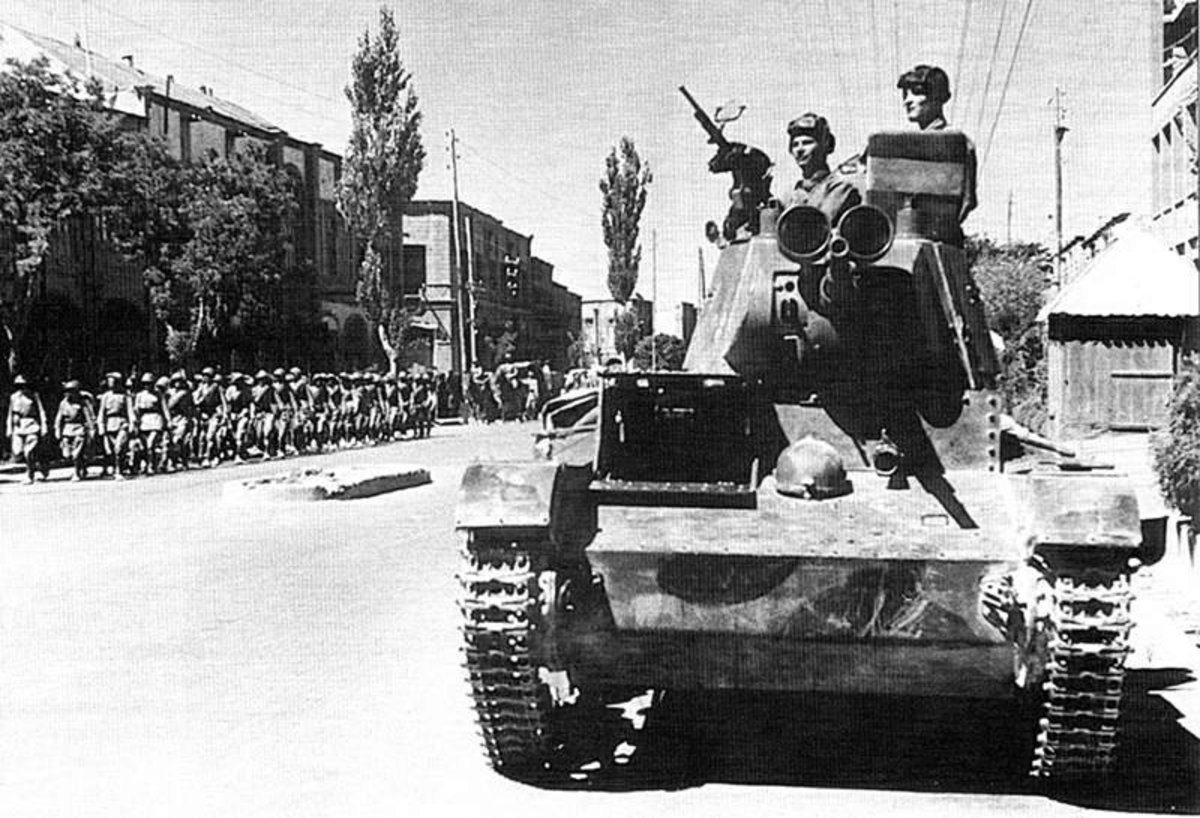
With Soviet support, the KDP would establish a state named the Mahabad Republic on 1 January 1946. Despite an agreement that foreign armies would withdraw from Iran, the Soviets stayed on assisting the short-lived republic for about a year. When the Soviets were prevailed upon to leave by the United States, Iranian government forces overpowered the Kurdish military. As so often happens in Kurdish history, some Kurdish tribes cooperated with the Iranian government forces. The Kurdish state collapsed and Kurdish leaders were arrested. After giving the American ambassador assurances that the Kurdish leader Qazi Mohammed would not be “shot,” Shah Mohammed Reza Pahlavi had him hanged.
Some observers of Iranian Kurdish history opine that the Kurds, under the reign of the two Pahlevis, with their constant oppression, evolved from a linguistic entity to an ethnic entity. This then led to a nationalist enclave. Under the last Shah, there were numerous revolts and protests, all put down by the Imperial Iranian government forces. Engineered by the Shah’s government, the “white revolution” – a revolution from the top to bring Iran into the modern industrial world – resulted in further impoverishment of Iran’s citizens, the destruction of the lingering elements of the tribal / clan system, and generally Kurdish societal structure. The Shah completely ignored the Kurdish people and their aspirations. In his autobiography, Mission for my Country, he does not even mention the Kurds.
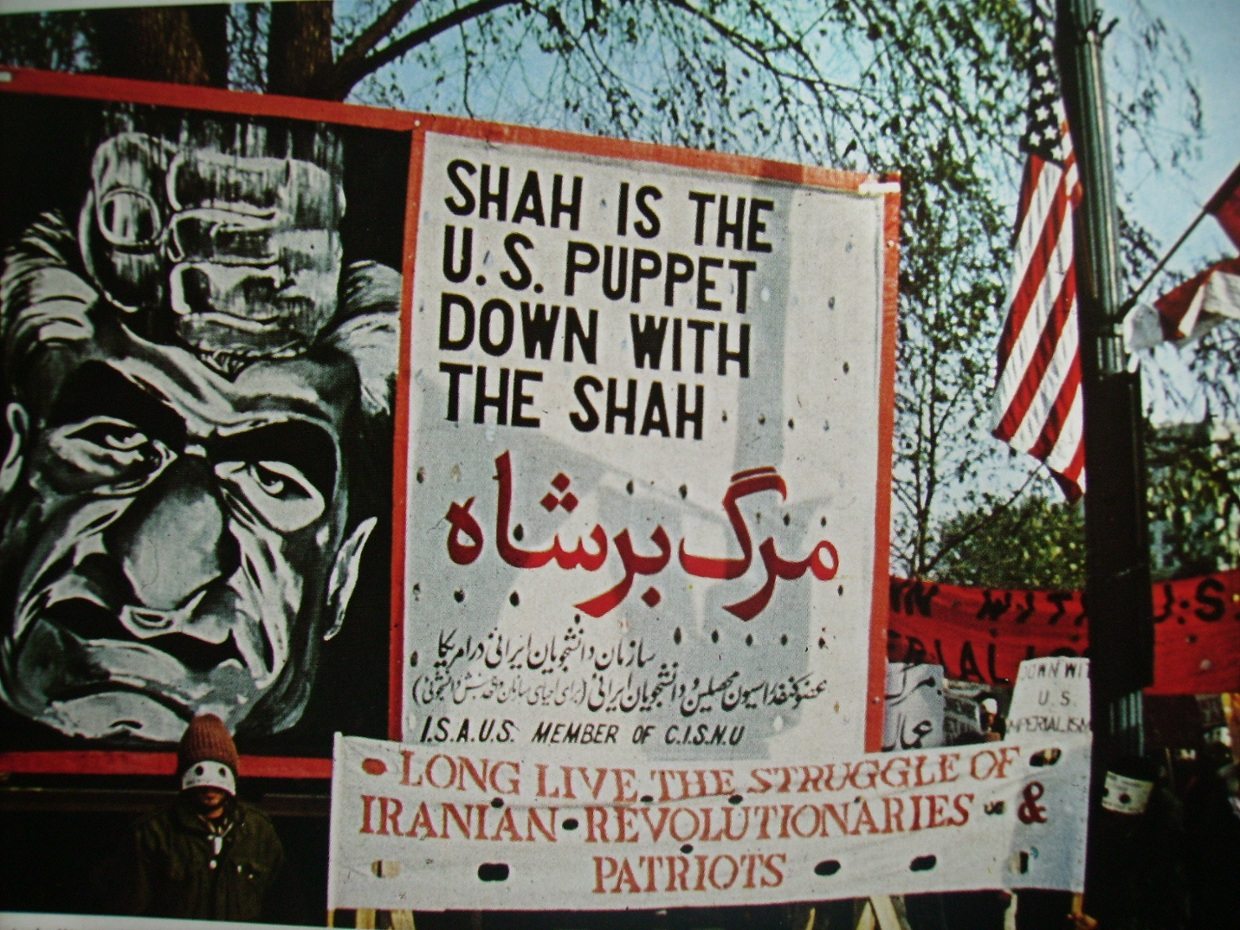
Yet, despite the liberal portrait painted by Western historians, his rule did not include any provisions for self-rule or recognition of Kurdish rights. His programs were aimed at reforms of the “Iranian peoples,” with no mention of the minorities. With the resumption of the full power of the Shah in 1953, repression of the people became more severe, with the Kurds bearing the brunt of the punishment. In fact, the Kurdish areas were effectively military zones with very visible police and military elements. The agents of Savak, the Iranian government secret security organization, were omnipotent and omnipresent.
From 1953 till 1978, Kurdish opposition was driven underground. In fact, one of the few outlets for Kurdish aspirations was the program of the Tudeh (communist) party of Iran that ostensibly championed the rights of minorities. The Tudeh did however not support an independent Kurdistan.
Other underground organizations that attracted a few Kurds were the Mujahideen el Khalq (MEK), and the Organization of Iranian People’s Fedai Guerillas. Both organizations proclaimed the need for more self-determination, but not independence.
The most important organization for the Iranian Kurds was, and still is, the Kurdish Democratic Party of Iran. It was originally the Kurdish Democratic Party but ideological and power-sharing issues resulted in the Iranian branch splitting from the Barzani group. Established in 1945, it has remained the major political party for promoting Iranian Kurdish aspirations, underground, until 1978. In sum, as the Iranian born Kurdish writer A. R. Ghassemlou wrote, “in the Kurd’s struggle against the Shah’s regime, the democratic forces of Iran were more reliable and significant than even our fellow Kurds of Iraq or Turkey.”

Naively the Kurds set about creating their own government and the KDPI came out of hiding to set up a Kurdish government. However, by 1979 it dawned upon the Kurds that the imperial designs of the Iranian Islamic government had not changed. Meanwhile, in characteristic Persian fashion, the Supreme Leader launched a surprise attack on the Kurds driving them out of the cities and into the mountains. The conventional army of Iran, the Islamic Republic of Iran Army known as the ARTESH, failed to pursue and after several months the Kurds had returned to drive the Persians out of the Kurdish cities. The Persian army, crippled by massive purges and desertions of officers was in a chaotic state. ARTESH officers were also often reluctant to order their troops to fire on Kurdish protestors. Twelve were executed for failure to do so.
The Islamic Republic had, by 1979, created the Pasdaran (Revolutionary Guard), an organization separate from the ARTESH, composed of officers and men devoted to the Shi’a Persian government. Like praetorian guard units all over the Middle East, they were given the best of everything. Zealous and well equipped, they were sent against the Kurds. Kurdish militias, armed only with light weapons looted from ARTESH depots, fought on bravely for months, with hundreds being killed and many other hundreds, when captured, being summarily executed. By 1981 the Kurdish rebellion had been declared crushed. In reality it sporadically continued for the next seven or eight years.
![Image [An Iranian Kurdish woman holds a Kurdish flag as she takes part in a gathering before the Iraqi Kurdistan independence referendum, which was held on September 25, 2017. (AFP)]](https://limacharlienews.com/wp-content/uploads/2019/02/Iranian-Kurds.jpg)
Will there ever be an Iranian Kurdish referendum?
The Kurds of Iran demonstrate the often-bloody consequences of multi-ethnic states in the Third World. In states such as Iran, in which the regime is fearful of its people, power is always ultimately in the hands of those with the weapons. That is why the “Arab Spring” failed and why the ongoing protests in Iran will lead nowhere.
In states like Iran and in most of the Arab world, a declaration similar to the Magna Carta has not taken place. In terms of a democratic tradition, such states are 800 years behind the West. Curtailing the time period to develop a democratic tradition is unlikely, as it cannot be imposed from the top and the process itself is very perishable and often unstable.
Meanwhile, the Tehran regime remains ever vigilant and fearful of the Kurds rising once again. This was manifestly evident during the 2017 Iraqi Kurd referendum. Iranian leadership placed troops on the border between Iran and Iraq and halted all flights to Erbil and Sulaimaniya. The Iranian Mullahs were fearful of the independence fever spreading to Iran.
Fortunately for the Iranian regime, the results of the referendum were virtually meaningless. A straw vote demonstrating the Kurdish fervent desire for an independent state.
Colonel (Ret.) Norvell DeAtkine, Lima Charlie News
U.S. Army Colonel (Ret.) Norvell DeAtkine spent nearly nine years of his 30-year military career in the Middle East as a military attache, student or political military officer. After retirement he taught for 18 years as the Middle East seminar director at the John F. Kennedy Special Warfare Center and School. Following his retirement from the JFK Center, Colonel DeAtkine held positions with the Defense Intelligence Agency, Iraqi Intelligence Cell and Marine Corps Cultural and Language Center. He has written a number of articles for various periodicals on primarily Middle Eastern military topics.
Lima Charlie provides global news, featuring insight & analysis by military veterans and intelligence professionals Worldwide.
For up-to-date news, please follow us on twitter at @LimaCharlieNews
In case you missed it:

![Image The Fears of Iran and its Forgotten Kurds [Lima Charlie News]](https://limacharlienews.com/wp-content/uploads/2019/02/Fears-of-Iran-and-its-forgotten-Kurds-Lima-Charlie-News.jpg)
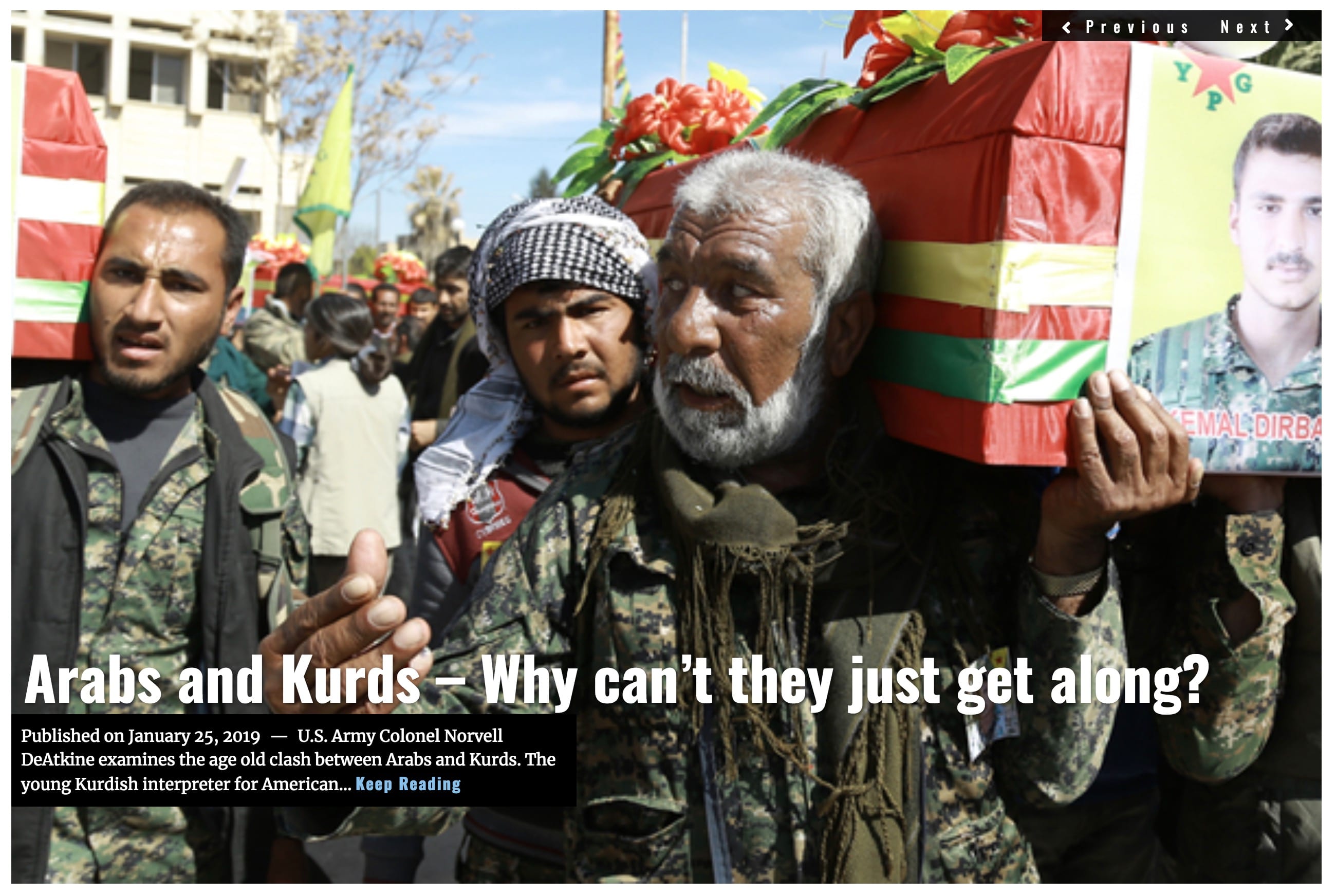
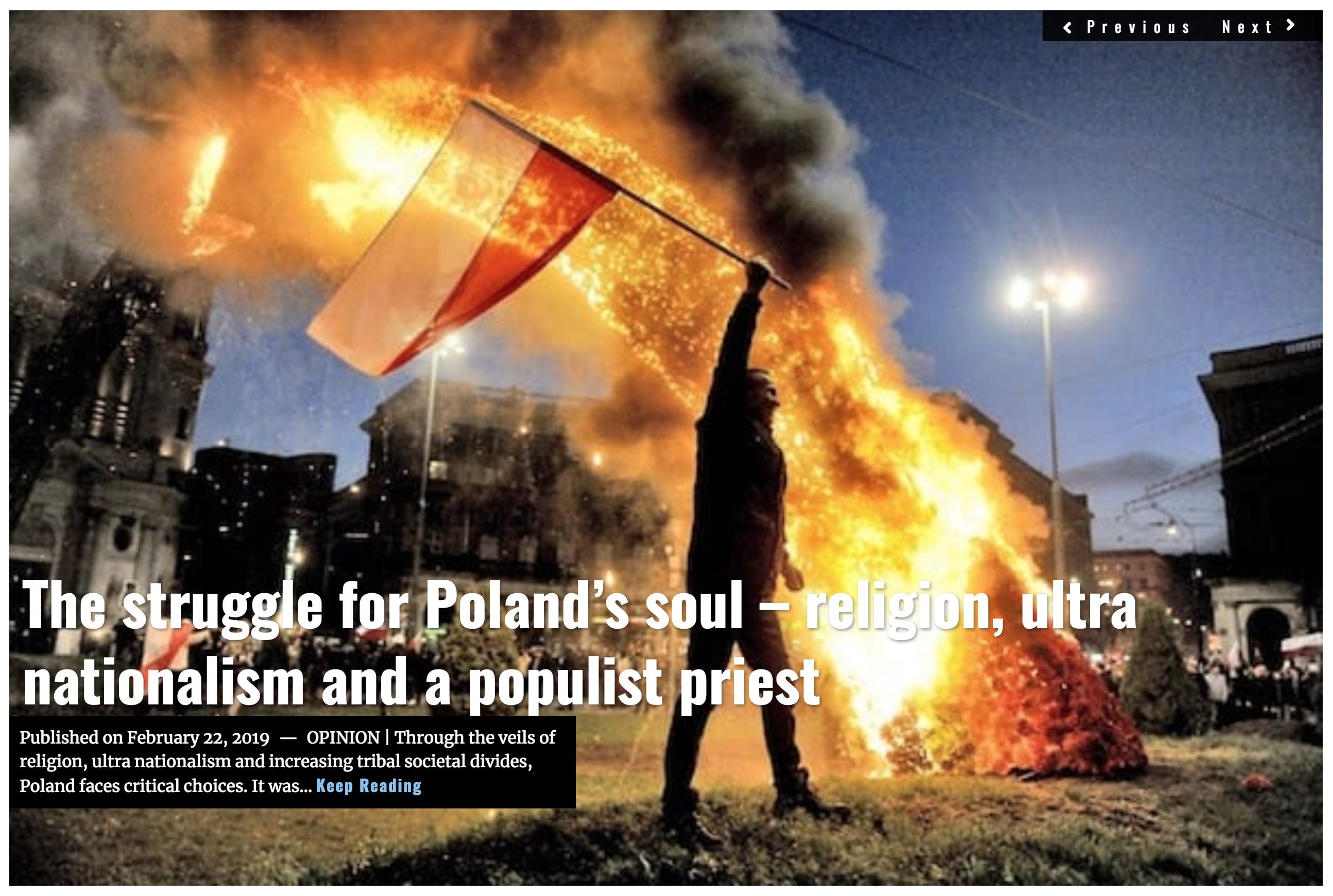
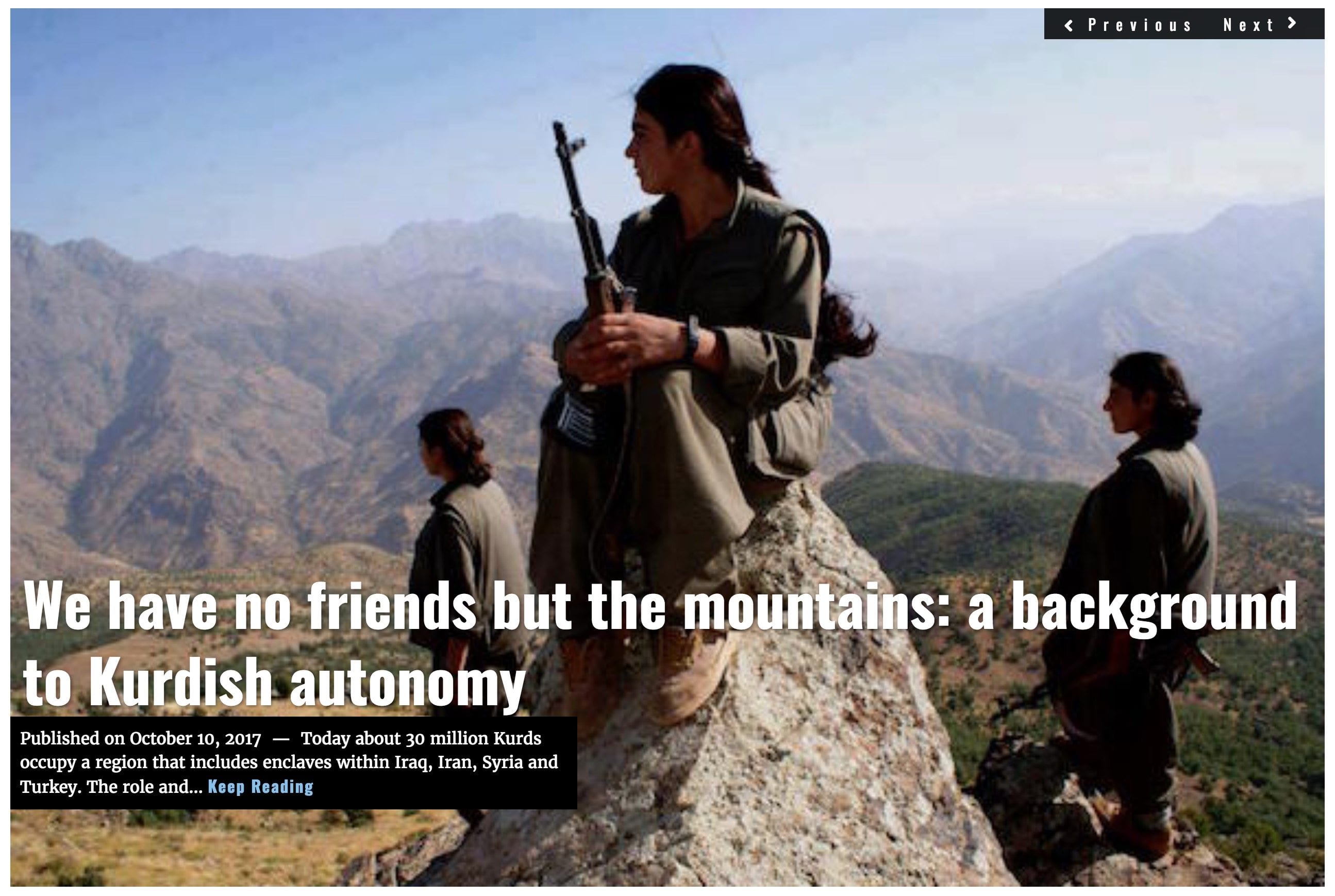

![Iranian crackdown on MEK shows the activist group has popular support [Lima Charlie News]](https://limacharlienews.com/wp-content/uploads/2019/05/Iran-MEK-Lima-Charlie-001-480x384.png)
![STRATEGIC OPTION | Syrian Endgame - The Hard Truth [Lima Charlie News][Photo: Bulent Kilic]](https://limacharlienews.com/wp-content/uploads/2019/05/STRATEGIC-OPTION-Syrian-Endgame-e1558501175322-480x384.png)
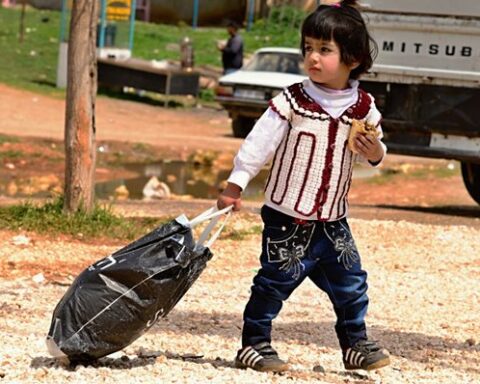
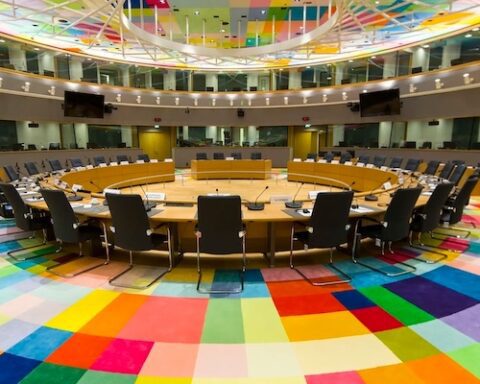

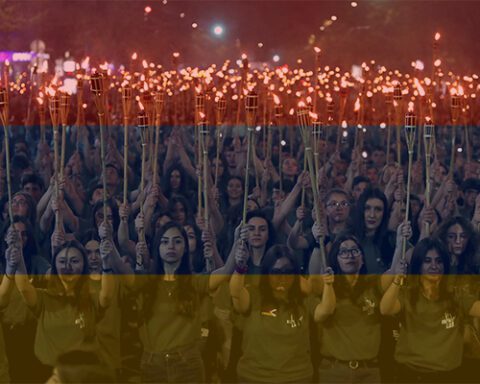

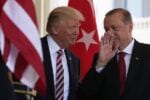
![Iranian crackdown on MEK shows the activist group has popular support [Lima Charlie News]](https://limacharlienews.com/wp-content/uploads/2019/05/Iran-MEK-Lima-Charlie-001-150x100.png)